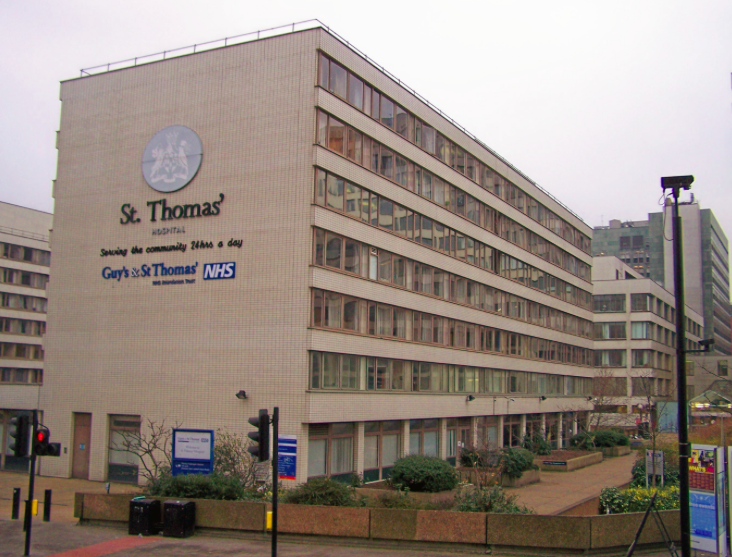St Thomas’ Hospital introduces routine HIV testing for emergency patients
By Micah Sulit

In an initiative believed to be the first of its kind, St Thomas’ Hospital in South London has introduced proactive HIV screening by making it part of routine blood tests for all emergency (also known as A&E) patients.
Unless they opt out, every A&E patient aged 16 and older who is already having their blood tested will be automatically screened for HIV as well. Patients will be given an information leaflet explaining this new initiative.
According to a 2014 government report, an estimated 107,800 people in the UK are living with HIV. Of these, 26,100 are undiagnosed, and if they are not aware that they have the infection, they then risk passing it on.
The area serviced by St Thomas’ Hospital has the highest HIV prevalence rates in the UK – approximately 10 out of every 1,000 residents have the infection, compared with the national average of around three in 1,000.
Doctors estimate that the automatic HIV screening at St Thomas’ will help diagnose over 150 cases each year.
“Normalising HIV testing will undoubtedly save lives,” Dr Nick Larbalestier, consultant physician and clinical lead for HIV at Guy’s and St Thomas’, said in a statement.
“Just as we use blood tests to check for other medical conditions such as diabetes, we know that routine testing for HIV will identify undiagnosed cases. People with HIV are able to live long and healthy lives, but this depends on them being diagnosed promptly and receiving the specialist treatment they need. This is why it’s so important to increase detection rates.”
Dr Michael Brady, medical director at Terrence Higgins Trust, said, “It’s great to hear that Guy’s and St Thomas’ are starting routine HIV testing in their A&E department. Rates of undiagnosed HIV and late diagnosis remain unacceptably high in the UK and continue to contribute to preventable illness, death and onward transmission.”
He added, “I am sure this will only have a positive impact, especially in an area of such high HIV prevalence, and I hope that other hospitals will soon follow their lead.”

